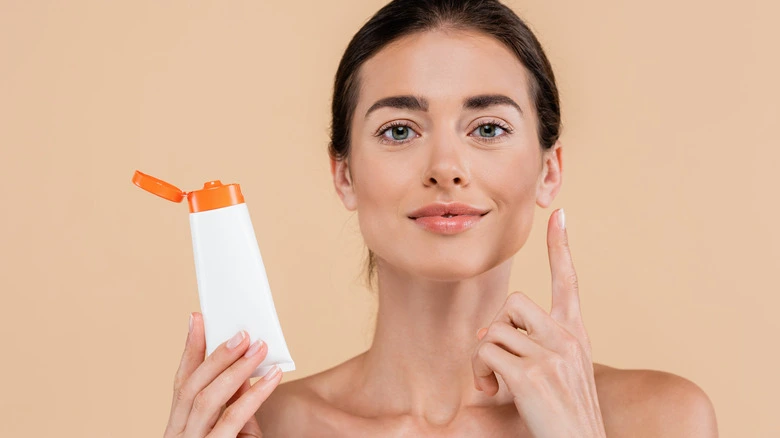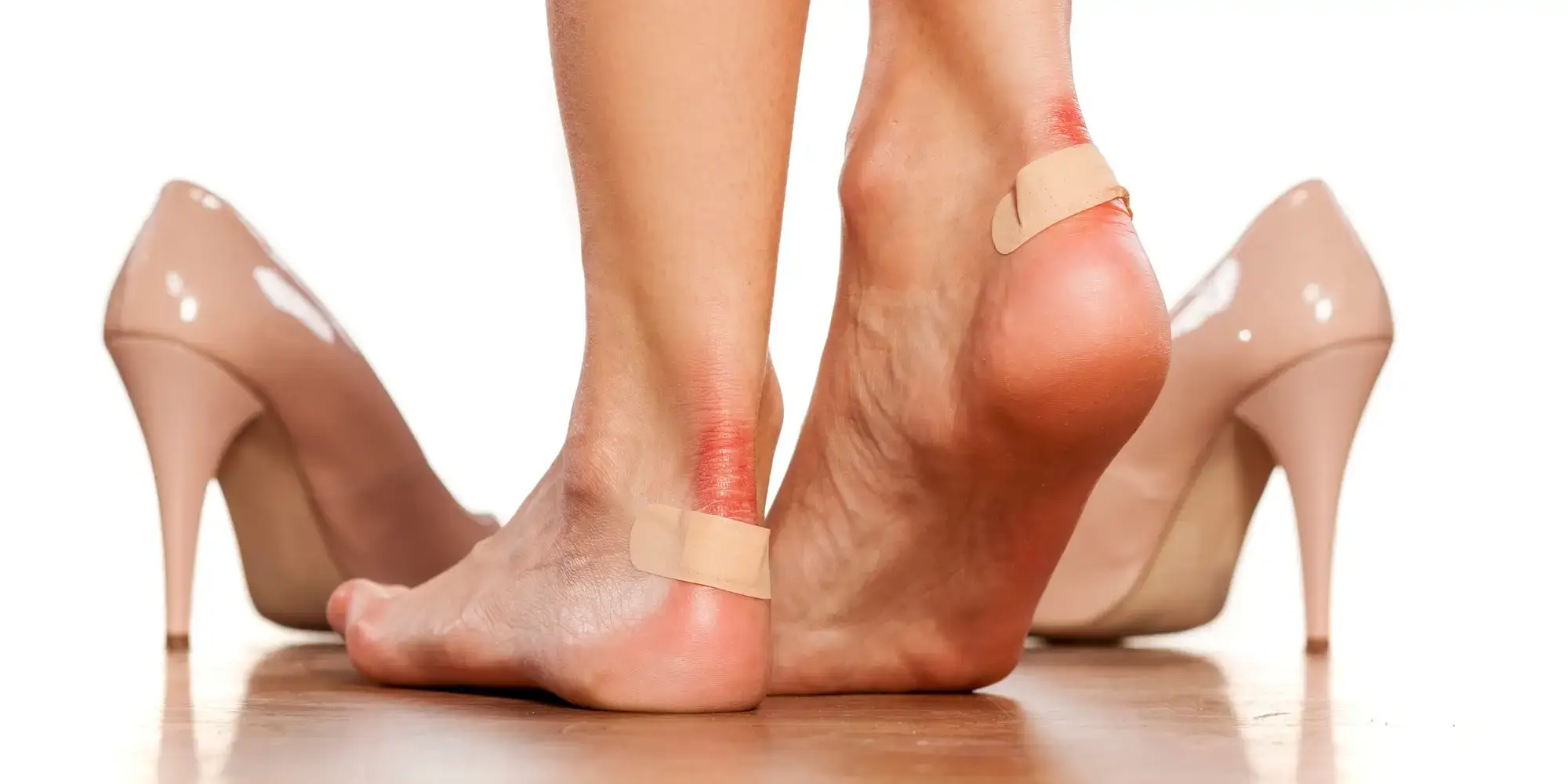The Importance of Sunscreen Application
Applying sunscreen is crucial for protecting your skin from the damaging effects of ultraviolet (UV) radiation. UV rays can lead to sunburn, premature aging, and an increased risk of skin cancer. Proper application of sunscreen not only shields your skin but also ensures long-term skin health.
Understanding SPF and Broad-Spectrum Protection
Sun Protection Factor (SPF) indicates the level of protection a sunscreen offers against UVB rays, which cause sunburn. However, it’s essential to choose a sunscreen labeled “broad-spectrum,” offering protection against both UVB and UVA rays. UVA rays penetrate deeper into the skin and contribute to aging and skin cancer.
Choosing the Right Sunscreen
Selecting the right sunscreen is key to effective sun protection. Opt for a broad-spectrum sunscreen with an SPF of 30 or higher. Consider your skin type and any specific needs, such as water resistance or sensitivity to certain ingredients. Look for non-comedogenic formulas if you have oily or acne-prone skin.
Sunscreen Application Tips
- Apply Generously: Most people don’t use enough sunscreen. Apply a generous amount to cover all exposed areas of your skin thoroughly.
- Don’t Forget Often-Missed Areas: Remember to apply sunscreen to commonly overlooked areas such as your ears, neck, scalp (if not covered by hair), tops of feet, and backs of hands.
- Reapply Regularly: Sunscreen effectiveness diminishes over time, especially with sweating, swimming, or towel-drying. Reapply sunscreen every two hours or more frequently if you’re sweating heavily or swimming.
Proper Sunscreen Application Technique
Proper application technique ensures even coverage and maximizes sun protection. Follow these steps:
Step 1: Start with Clean Skin
Before applying sunscreen, cleanse your skin to remove any dirt, oil, or sweat. This ensures better adherence and effectiveness of the sunscreen.
Step 2: Apply Sunscreen Generously
Dispense an ample amount of sunscreen into your palm. Begin with your face, applying sunscreen evenly in gentle, circular motions. Then, move on to other exposed areas of your body, covering each area thoroughly.
Step 3: Rub It In
Massage the sunscreen into your skin until it’s fully absorbed. Pay attention to areas where clothing might shift or rub against your skin, ensuring they’re adequately protected.
Step 4: Allow Time for Absorption
Allow the sunscreen to dry completely before getting dressed or heading outdoors. This helps prevent the sunscreen from rubbing off onto your clothing and ensures optimal protection.
Additional Sun Protection Measures
While sunscreen is essential, it’s not the only tool for sun protection. Consider these additional measures to safeguard your skin:
Seek Shade
Limit your time in direct sunlight, especially during peak hours when UV radiation is strongest (typically between 10 a.m. and 4 p.m.). Seek shade under umbrellas, trees, or other shelters when outdoors.
Wear Protective Clothing
Cover up with clothing, hats, and sunglasses to shield your skin and eyes from UV exposure. Opt for tightly woven fabrics and darker colors for better protection.
Stay Hydrated
Drink plenty of water to keep your skin hydrated from the inside out. Hydrated skin is more resilient and less prone to sun damage.
Conclusion
Proper application of sunscreen is essential for protecting your skin from the harmful effects of UV radiation. By choosing the right sunscreen, applying it generously and regularly, and following additional sun protection measures, you can enjoy the sun safely while maintaining healthy skin for years to come. Remember, sun protection is a year-round commitment, so make it a part of your daily skincare routine.





